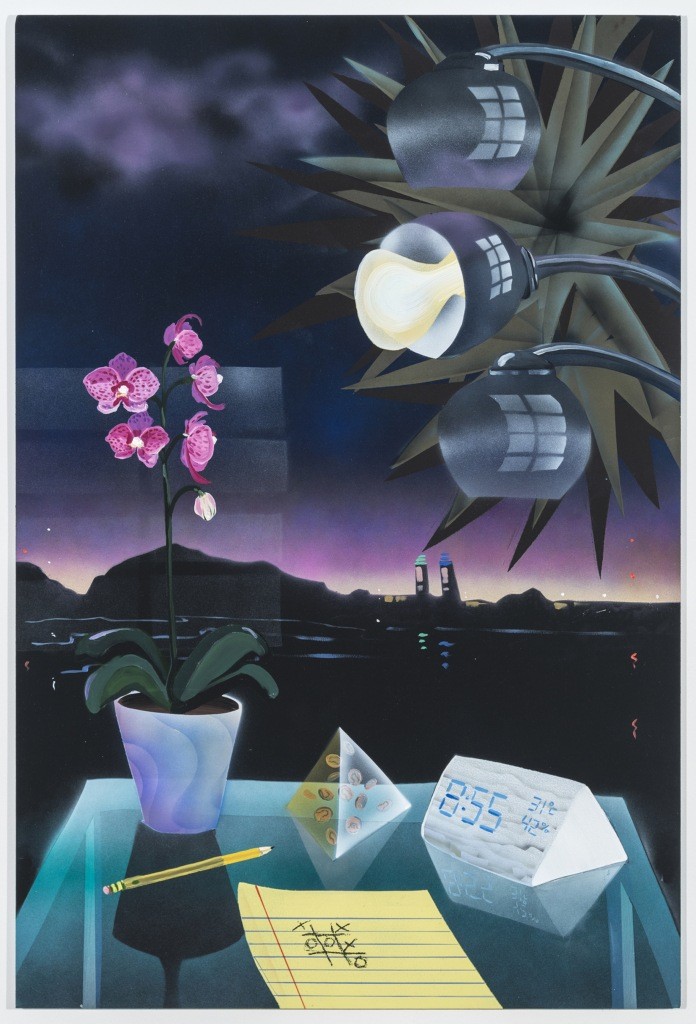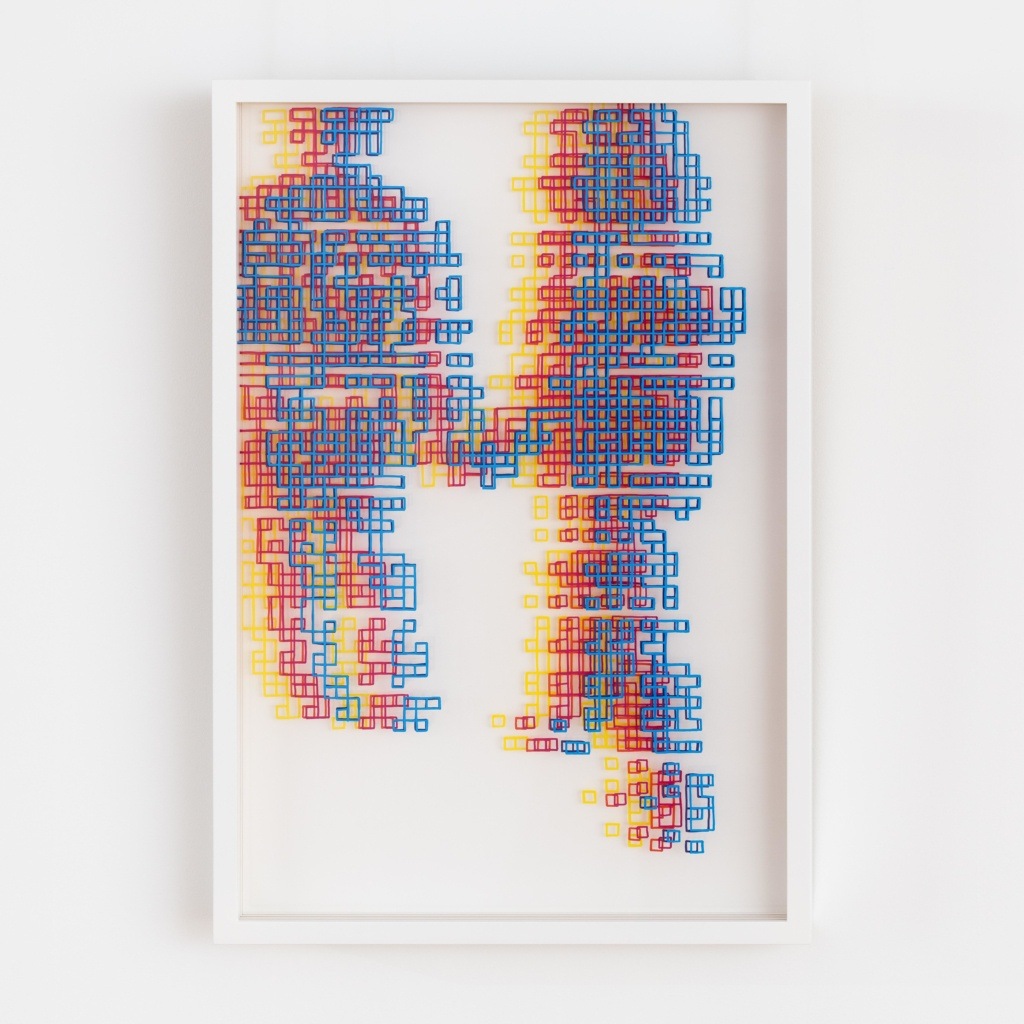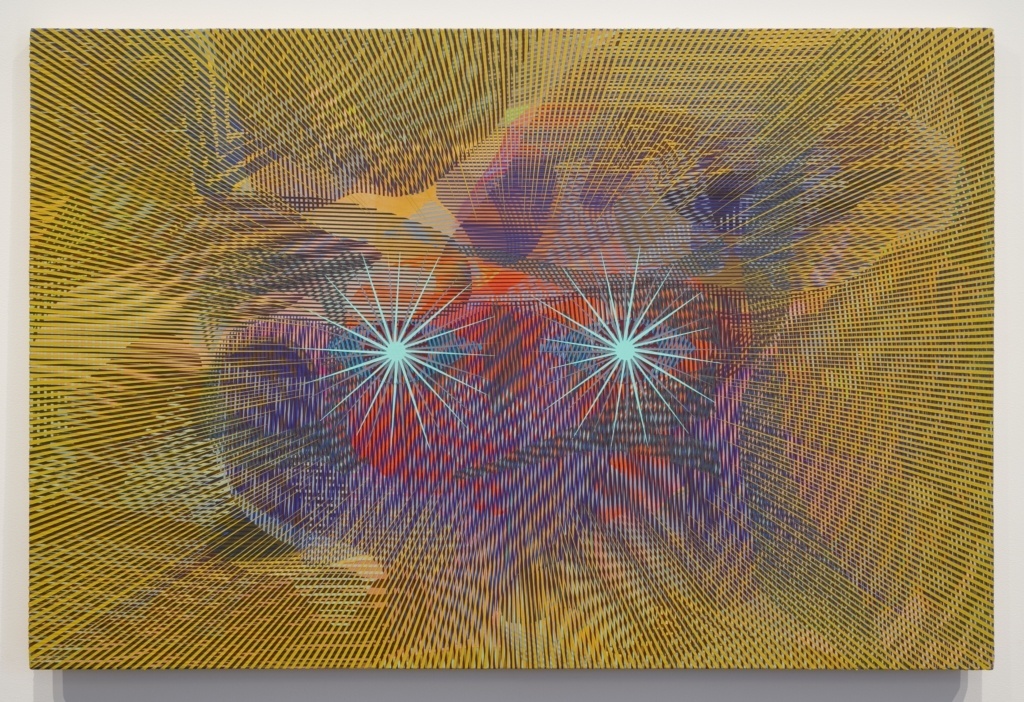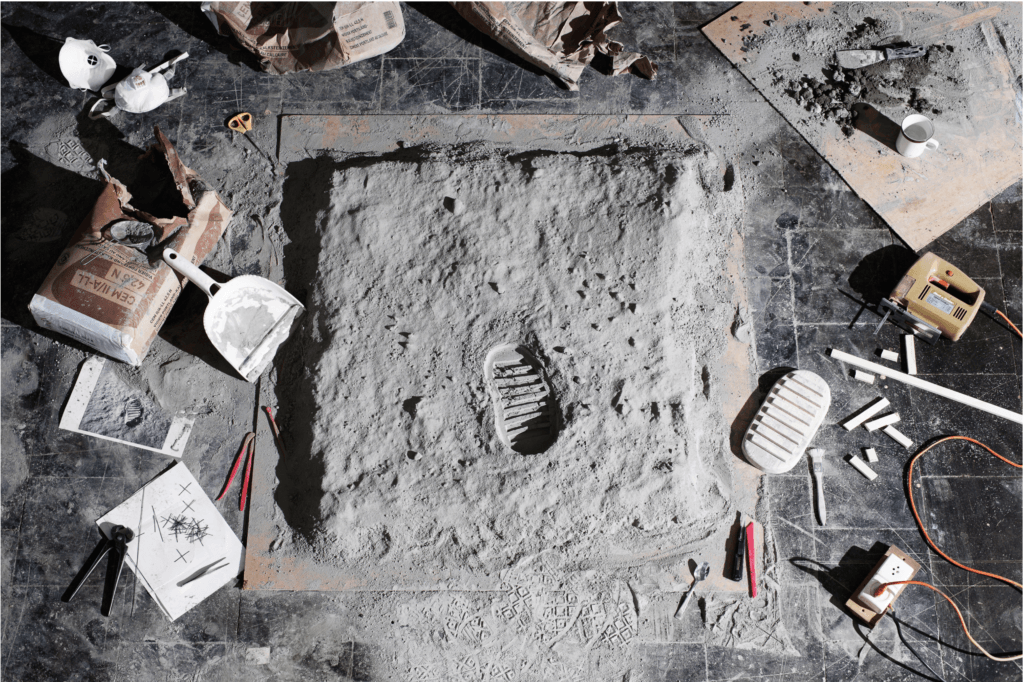Temporal Belonging
Our relationship to time is presumed to be in crisis, disrupted by digital technology. But “natural time” is difficult to define, even while additional technologies — including SAD Lamps, blue-light filters, and platforms like BeReal — promise to help users calibrate their rhythms with an imagined standard. In seeking an objective sense of time, we ignore the fact that time is fundamentally relative
Speech Bubbles
So far, audio-based social apps have not had major success. Perhaps this is because the human voice has contrasting associations: intimacy, on one hand; and the public-facing self, on the other. However, we should be vigilant: both associations operate on the notion that there is something “pure” about spoken forms of communication, and both are highly co-optable
Silent Partner
Relationship apps teach us ways of loving that privilege efficiency over depth, quantifiability over knowledge, and success over joy. They sanctify the institution of the “couple,” while shrinking down the experience of love until it conforms to neoliberal rhythms
The Great Offline
The concept of “the offline” is deeply enmeshed with that of “wilderness.” Both concepts offer a fantastical escape from the hazards of a globalized world. But in setting up a binary between the corrupted, digital self, and the pure, disconnected self, they both perpetuate a hazardous logic.
Real Talk
If the voice is the “seat of the self,” there is power in deploying, or withholding it on social media
Shadow of a Doubt
The idea of “living with Covid” means inhabiting a position that is fundamentally unstable — accepting that we do not know what the future will look like, or whether a “return to normal” is even what we’re trying for. Ultimately, it requires us to give up the idea of closure in favor of a truer ambiguity.
Is It My Body
More and more, paranormal tech horror centers around stories of possession: a self taken over by forces that are external to it and yet deeply familiar. These films speak to the sense that the 21st century body is inescapably hybrid, possessed not only by the ecological non-human, but also by the technological non-human.
The Sounds of Silence
“Synaesthetic” technologies — from instruments that seem to draw sound from plants to smart cities — promise to “translate” the nonhuman world, facilitating a deeper interactivity. What they really do is force the world to “speak” to us in our own language, while commodifying connection itself.
Star Power
Tech companies tie their origin stories to scientific master-narratives of the earth and the universe. By co-opting the totalizing authority of astrophysics and scientific cosmology — the “purest” and most conceptual of the sciences — they naturalize their own role in shaping earth’s futures.
SAD Lamp
The SAD lamp is a technology that claims to provide us with the sunlight we miss during the winter months, treating Seasonal Affective Disorder. While its benefits are unclear, it is part of an overarching attempt to calibrate the human body through science to a perfect synchronicity with the rhythms of nature. SAD lamps tap into our desire to believe in ourselves as part of wider ecologies, and also position consumer goods as necessary mediators of this relationship








